You ever find yourself lying awake at 2AM, spiraling through weird existential thoughts like, “Wait… what does dying actually feel like?” Yeah, same. And while we can’t exactly DM the afterlife for answers, scientists have been studying what happens in those final, freaky moments—just not on humans (ethics and all that). Instead, animals have unknowingly become our window into the end, from rats to frogs to fish that got way too curious about air.
So, if you’ve ever wanted to know whether dying is a peaceful fade to black or a full-on internal rave of panic, buckle up. These studies pull back the curtain on the real, raw, and sometimes downright bizarre sensations that ripple through the body in those last seconds of life. No vibes, no metaphors—just what it feels like when the lights go out.
1. Rats Being Euthanized With COâ‚‚ Experience a Sense of Panic Before “Sleep”
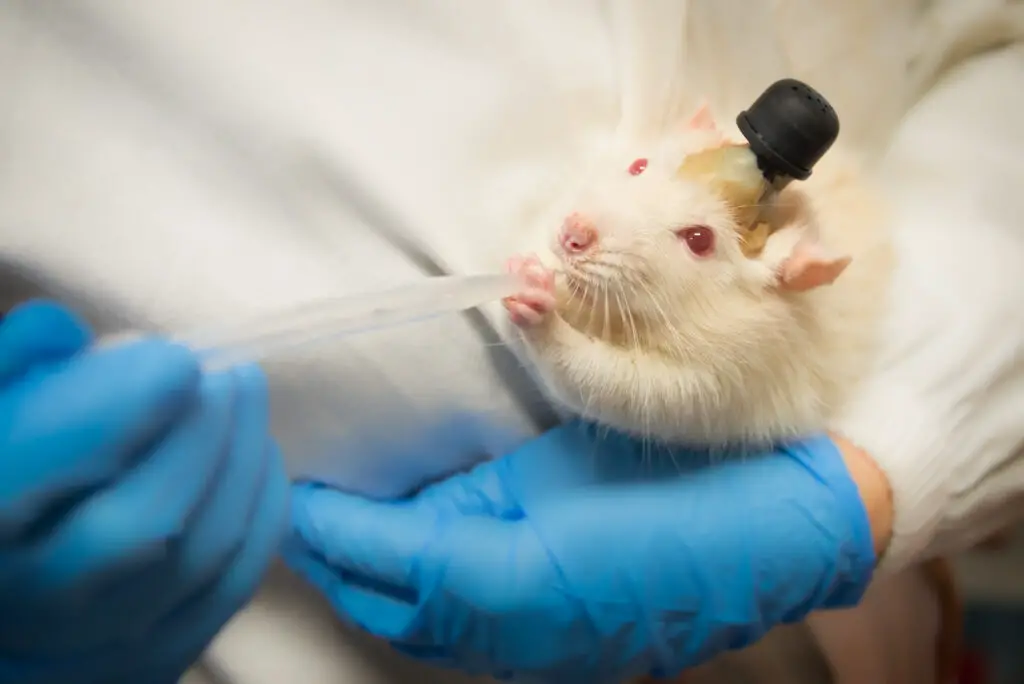
There’s this commonly used method of euthanasia in labs—carbon dioxide. It sounds sterile, but if you’re a rat, it’s a hellish experience before you go lights out. According to a study referenced by Nature, rats exposed to COâ‚‚ first show behaviors of fear and distress—like frantic grooming, squealing, and trying to escape. It’s not just physical; their brainwaves light up in ways that suggest panic. Not ideal, especially for something supposed to be “humane.”
Eventually, their breathing slows, consciousness slips away, and they enter what looks like sleep… but only after a storm of confusion and suffocation. The COâ‚‚ displaces oxygen in the lungs and blood, causing a state called hypercapnia (too much COâ‚‚ in the bloodstream), which is deeply uncomfortable. The rats’ final moments aren’t peaceful—they’re gasping, twitching, and their brain is on high alert before it all stops. And yet, this method is still widely used. It’s a haunting reminder that just because something’s fast doesn’t mean it’s painless.
2. Being Gassed With Nitrogen Is Fast… But It’s Not Sensation-Free for Chickens
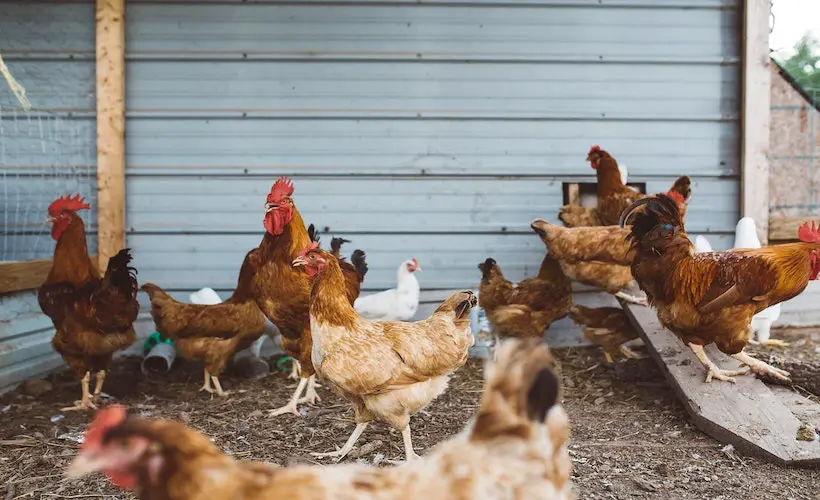
Here’s a rough one: poultry processing plants use gas stunning to kill millions of chickens a year. One method, using nitrogen to induce hypoxia (oxygen deprivation), is supposed to be more “humane.” According to an investigation summarized by the NY Times, nitrogen knocks them out fast, but “fast” doesn’t always mean gentle. Chickens show signs of distress in the first few seconds—fluttering wings, open-mouth breathing, attempts to stand.
Once the oxygen drops to a critical level, the birds lose consciousness rapidly. That’s the goal. But just before that blackout, there’s a rush of disorientation and panic. Think lightheadedness, confusion, and the sudden realization that something is very wrong. While it’s not as visibly traumatic as electric shocks or throat-cutting, it’s not painless. And it turns out that silence doesn’t always mean peace.
3. Drowning Mice Enter a Paralyzed Trance Before the End

Drowning sounds like chaos, right? But after the flailing and gasping, there’s a point where the brain just… gives up. In experiments that would never fly today (thankfully), mice were observed as they lost consciousness underwater. At first, they panic—thrashing, clawing, desperate for a surface. Their breaths come quick, their heart races, and their eyes go wide with fear.
Then, in the final moments before unconsciousness, something weird happens. The brain triggers a kind of resignation. Movements stop. Heart rate drops. Their bodies go limp as if they’re in a trance. Some scientists suggest this is a freeze response—one last attempt by the brain to conserve energy or avoid suffering. According to Science Direct, this “tonic immobility” may be a built-in last-ditch mechanism before the lights go out. It’s eerie. It’s still. And it’s probably the quietest moment of terror they’ve ever known.
4. Freezing to Death in Pigs Starts With Pain—Then Ends in a Peaceful Drift
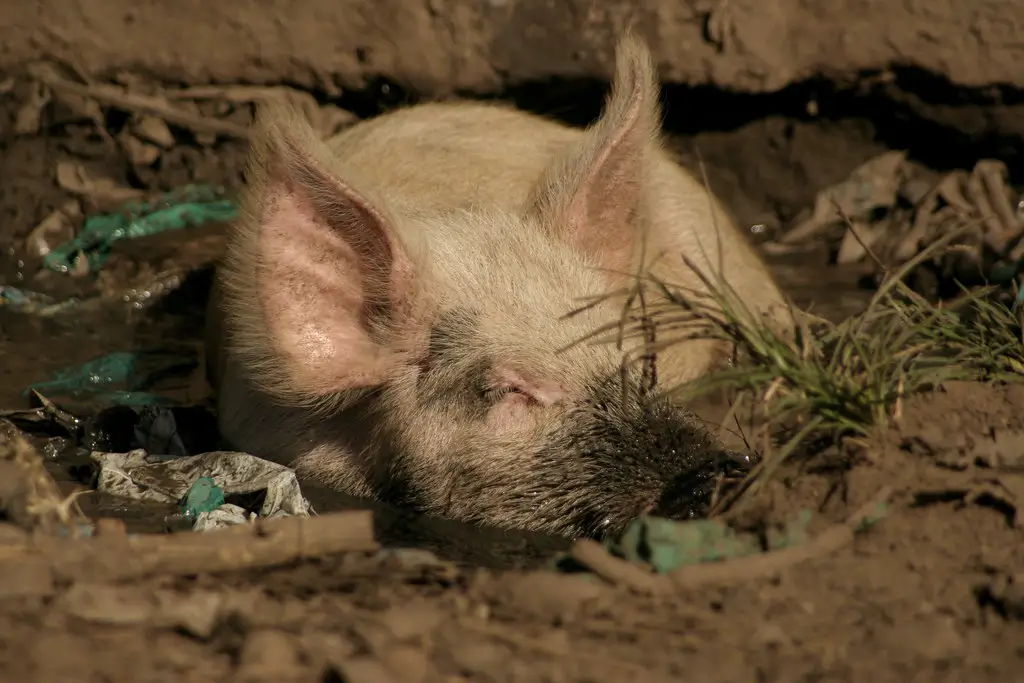
Hypothermia doesn’t sound quite as brutal as, say, burning alive, but it’s got its own unique cocktail of suffering and sedation. In one infamous study conducted on pigs (before better ethics came along), researchers watched the full timeline of dying from cold. First? Pain. Shivering. Muscle rigidity. Skin burning from the inside as blood flow constricts.
Then comes the real trip: the pigs became quiet, disoriented, and eventually slipped into a kind of sleepiness. Their heart rate slowed, body temp dropped below 80°F, and they stopped reacting to anything. This phase, sometimes called “paradoxical undressing” in humans, is where the brain goes foggy and calm just before death. So yes—it starts awful, but it ends in a dreamy, almost hallucinatory fade-out. PubMed highlighted a similar arc in cold-exposure studies: from sheer pain to serene surrender. Dying from cold is like your body fighting you hard, then quietly ghosting you.
5. Cardiac Arrest in Rats Triggers a Surge of Brain Activity—Like a Final Firework Show
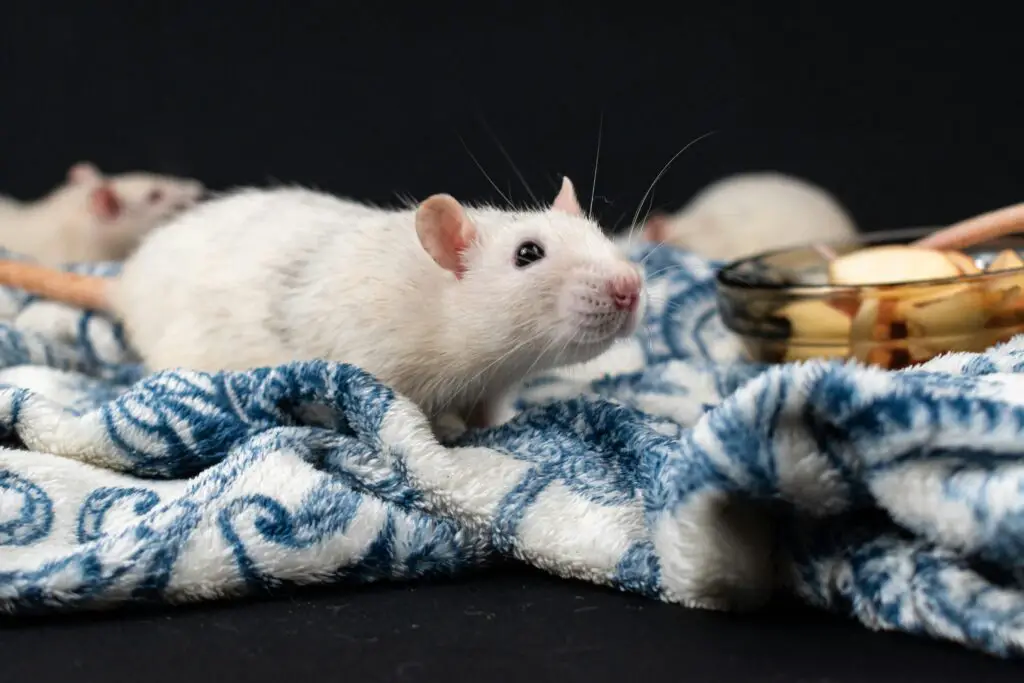
What’s the brain doing while the body’s shutting down? You might think it just powers down like a tired laptop. But a 2013 study in Proceedings of the National Academy of Sciences found that rats experiencing cardiac arrest actually had a surge of organized, high-frequency brain activity right after their hearts stopped. We’re talking gamma waves—the same ones involved in higher-order thinking, perception, even consciousness.
So instead of flatlining instantly, the brain briefly ramps up into something eerily close to hyper-awareness. Could that explain the whole “life flashing before your eyes” thing? Maybe. In the rats, the activity lasted about 30 seconds—long enough to feel something. Whether it’s bliss, terror, or just a vivid montage, something is happening as the brain makes its dramatic exit. This finding challenged the idea that consciousness ends with the heartbeat. In fact, the brain might be partying (or panicking) on its way out.
6. Frogs Poisoned to Death Go Through Full-Body Paralysis—While Fully Conscious

Imagine you’re trapped in your own body, completely unable to move, but still wide awake. That’s what happens to many frogs when researchers use curare or similar paralytic agents to euthanize them. These compounds don’t knock the brain out—they just freeze the muscles. So unless anesthesia is used first (and sometimes it isn’t), the frog feels everything as its respiratory system locks up. It can’t blink. It can’t scream. It can’t even twitch.
Death eventually comes from suffocation, not a lack of awareness. Their brains stay active until oxygen depletion finally shuts things down. The process can take several minutes, depending on the dosage and the frog’s metabolism. Internally, it’s a slow fade from sheer terror to foggy breathlessness. If dying in your sleep is a warm bath, this is being locked in a glass box underwater. It’s why these methods are now heavily scrutinized. But it still happens in corners of science where ethics haven’t caught up.
7. Guinea Pigs Dying of Heatstroke First Get Euphoric—Then Cook from the Inside Out

Let’s take a hot one—literally. Guinea pigs exposed to lethal heat conditions (think 110°F+ with no ventilation) don’t just pass out peacefully. First, they enter what looks like a bizarre high. Their bodies release a rush of endorphins and serotonin, which causes hyperactivity and confusion. They run in circles, twitch their whiskers, and sometimes squeak like they’re excited. But that’s the trap—because while the brain is lighting up, the body’s failing.
As core temperature hits the 105°F mark, organs begin to break down. The brain swells, proteins denature, and the heart starts to misfire. Blood vessels constrict in extremities and dilate dangerously around vital organs. Seizures kick in. Then comes coma. The end is still, but the ride there is like a rollercoaster through a sauna—briefly euphoric, then violently destructive. Dying of heatstroke isn’t quiet—it’s a boiling crescendo.
8. Fish Suffocating Out of Water Panic, Then Enter a Weird Stillness

Pull a fish out of water, and what you’re watching isn’t just flopping—it’s suffocation in slow motion. At first, they fight like hell. Their gills open and close rapidly as they try to extract oxygen from air, which doesn’t work. Their bodies jerk in quick bursts—desperation made visible. Their eyes dart. Muscles contract chaotically. It’s a full-body meltdown.
Then the weird part happens: they stop. The fish enters a motionless state that looks like peace, but their brains are still active. It’s not acceptance—it’s lack of oxygen paralyzing their nervous system. Their mouth may move slightly, gills flutter faintly, but internally, it’s a creeping suffocating silence. Neurons start misfiring. Vision fades last. Death by suffocation on land is both frantic and eerily drawn-out. It’s drowning in reverse.
9. Insects Dying of Nerve Agent Exposure Twitch Until They Shatter
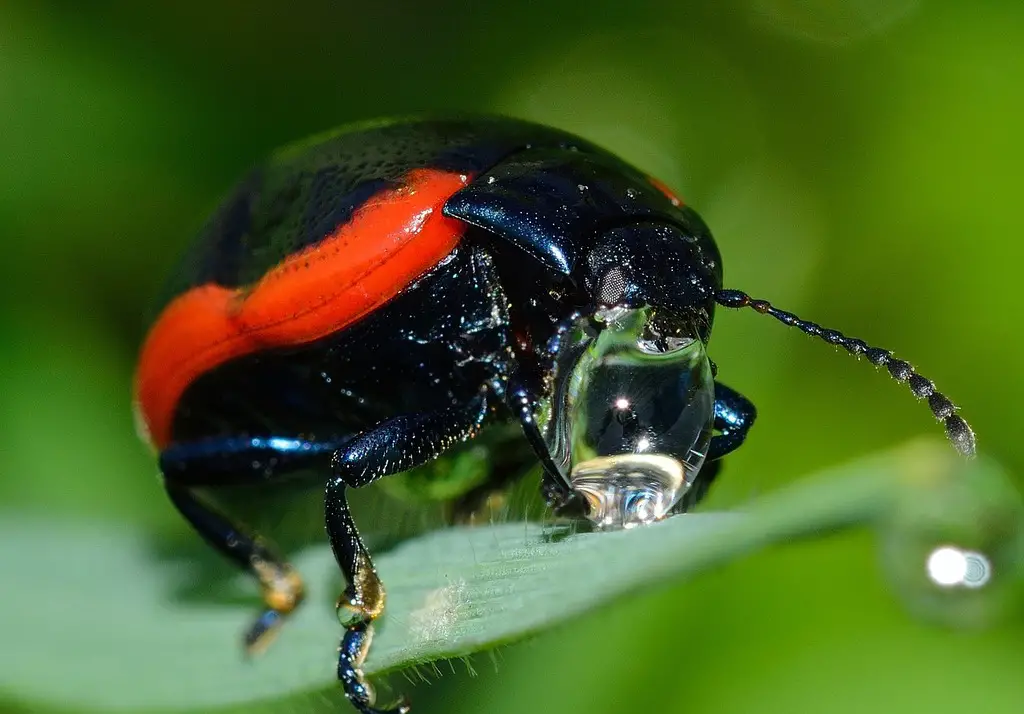
Ever seen a cockroach curl up and kick its legs wildly before it dies? That’s not drama—it’s the result of nerve agents, like those in pesticides, short-circuiting their whole nervous system. These compounds prevent neurotransmitters from turning “off,” so the insect gets trapped in a loop of continuous, uncontrollable firing. It’s like being electrocuted from the inside. Their legs spasm. Antennae wave like they’re picking up ghost signals. Internal organs seize up, too.
Eventually, the entire body overheats from the effort. Death isn’t instant—it’s the body burning itself out, neuron by neuron. Toward the end, they sometimes flip on their back. It’s a sign of final failure: the body can’t even right itself anymore. And then everything stops. It’s a death by static—a nervous system screaming into a void until it fizzles out.
10. Octopuses Dying After Mating Literally Start to Self-Destruct
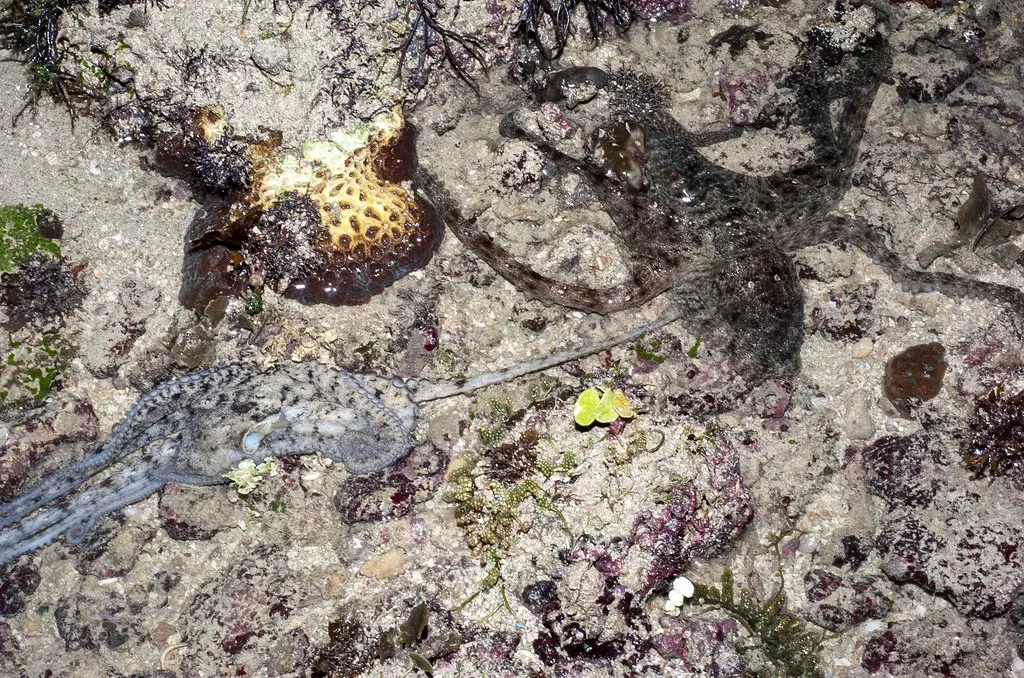
Octopuses don’t just die after mating—they unravel. In some species, the act of reproduction triggers an internal timer, like a post-sex countdown to oblivion. Hormonal changes flip a switch in the brain that kicks off organ failure. First, the appetite vanishes. Then skin goes patchy. Muscles waste. They stop grooming. Stop hiding. They become shadows of their squishy, brilliant former selves.
Eventually, they begin self-mutilating—biting off limbs or slamming themselves against rocks. Their bodies essentially glitch. The optic glands (which are like pituitary glands in humans) are the ringleaders here; they flood the system with fatal biochemicals. Scientists have reversed this death spiral by removing the optic glands—but in the wild, there’s no saving them. It’s programmed death, like a tragic exit clause. The end is confusing, painful, and weirdly poetic.
11. Rabbits Dying From Fear Go Into Cardiac Arrest in Seconds

Yep, death by fright is a real thing—and rabbits are pros at it. When cornered by predators or handled roughly, their stress levels spike so fast their hearts can literally stop on the spot. The process begins with hyperventilation and freezing. Their eyes widen. Ears lay flat. The body tenses like a coiled spring. Internally, cortisol (stress hormone) surges through the bloodstream.
The heart rate climbs sky-high—and then just… fails. Sudden cardiac arrest takes over, and it’s lights out. There’s no flailing, no grand farewell. Just freeze, stress, and poof. In a way, it’s efficient. But it also means a rabbit can die from the idea of death, not just the mechanics of it. Dying of fear is a quiet collapse—not a battle.
12. Turtles Dying Slowly From Dehydration Go Into Metabolic Shutdown

Turtles are slow… and so, it turns out, are their deaths. When deprived of water over long stretches, turtles don’t just keel over—they shut down in excruciatingly slow stages. At first, they get sluggish. Their eyes dry out. They start retracting into their shells for longer periods, trying to conserve moisture. The kidneys begin to fail. Their muscles cramp from electrolyte imbalances.
The skin hardens. Internal organs start cannibalizing protein to survive. Brain function slows drastically—they move like they’re dreaming. Finally, they collapse into a coma-like state. It’s a death that stretches across days or even weeks. No screams. No thrashing. Just a long, quiet dehydration that ends in stillness.
